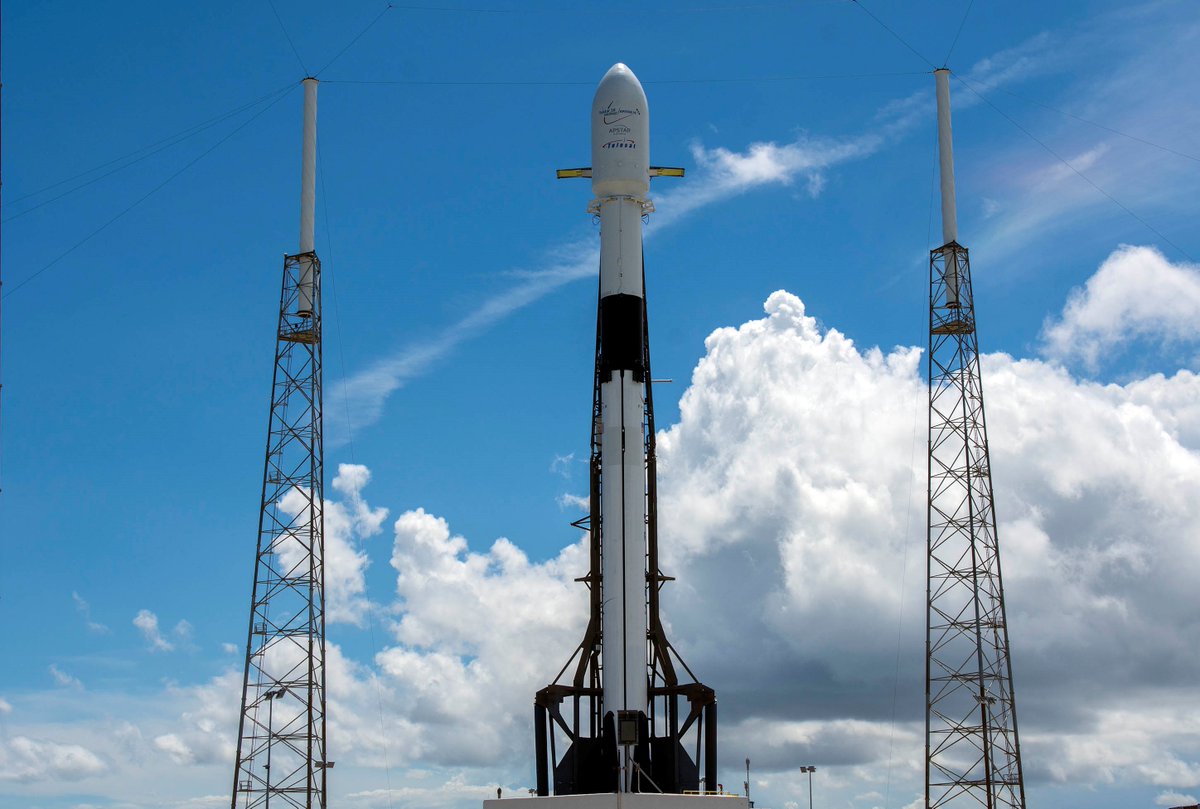All the spaceships of SpaceX: Mission reusable
Introduction
The mission of SpaceX since the beginning has been to make reusable rockets so that the cost could be brought down from as high as $98 million to as low as $15 million. Once this mission is complete, SpaceX plans to use the same rockets to send humans to Mars. But today, in this blog I will introduce you to many of the spacecraft of SpaceX. Starting with Falcon 1 to Dragon to Starlink and even Starship. After reading, you will be having a fair idea about the spaceships of SpaceX…
 |
| Image Source - Google | Image by - Wikipedia | The SpaceX |
Falcon 1
The Falcon 1 was a lightweight launch vehicle built in two stages. The first stage had a supporting element, an engine and parachutes. The second stage too had fuel and an engine but because it was small it had less thrust than the first stage. With a height of 21.3 m and a diameter of 1.7 m, the total weight of the vehicle would be 27.6 tons plus the 420 kg of payload it can hold. Kerosene and liquid oxygen were used for fuel. It was a major success. But it all did not come just at once. It was the fourth trial launch of the Falcon 1 that brought success. The cost of each launch was $7.9 million. During the first launch, the first stage caught fire causing a loss of pressure and resulting in the engine shutting down in the 34th second. There were many problems like this in the 2nd and 3rd trials but the fourth and fifth ones were successful.
 |
| Image Source - Google | Image by - Rocket Rundown | The Falcon 1 |
Falcon 9
The Falcon 1 was not enough as it had less demand due to its less payload capacity and it was not reusable. So SpaceX built the Falcon 1’s successor, the Falcon 9. It, too, was built in two stages. The first one was the reusable part. It could return and land on the earth and be used again. Its height is 70 m and its diameter is 3.7 m. Each of them costs around $62 million and none of them has failed. The total weight is 549,054 kgs. It can take over 88 Starlink satellites each weighing about 260 kg provided that the first stage does not return whereas the rest of the rocket does. It also takes the dragon into orbit and how can we forget the dragon when talking SpaceX.
 |
| Image Source - Google | Image by - Spaceflight Now | The Falcon 9 |
Dragon 1
The Dragon 1 is not a great cylindrical rocket but a simple capsule that has solar panel wings that can dock very well but how does it reach the ISS. That’s when the Falcon comes in. The dragon is attached on top of the booster. Then it takes it to the ISS where the dragon will be held by an ISS arm. It can carry up to 6 tons of cargo. Not only that, but it can also return cargo from the ISS. But the problem is that it can bring only 3-3.5 tons while returning. Still, it is the only cargo holder that brings back items from the ISS because it can at least bring something from there.
 |
| Image Source - Google | Image by - Encyclopedia Britannica | The Dragon 1 |
The latter part is here…
Comments
Post a Comment